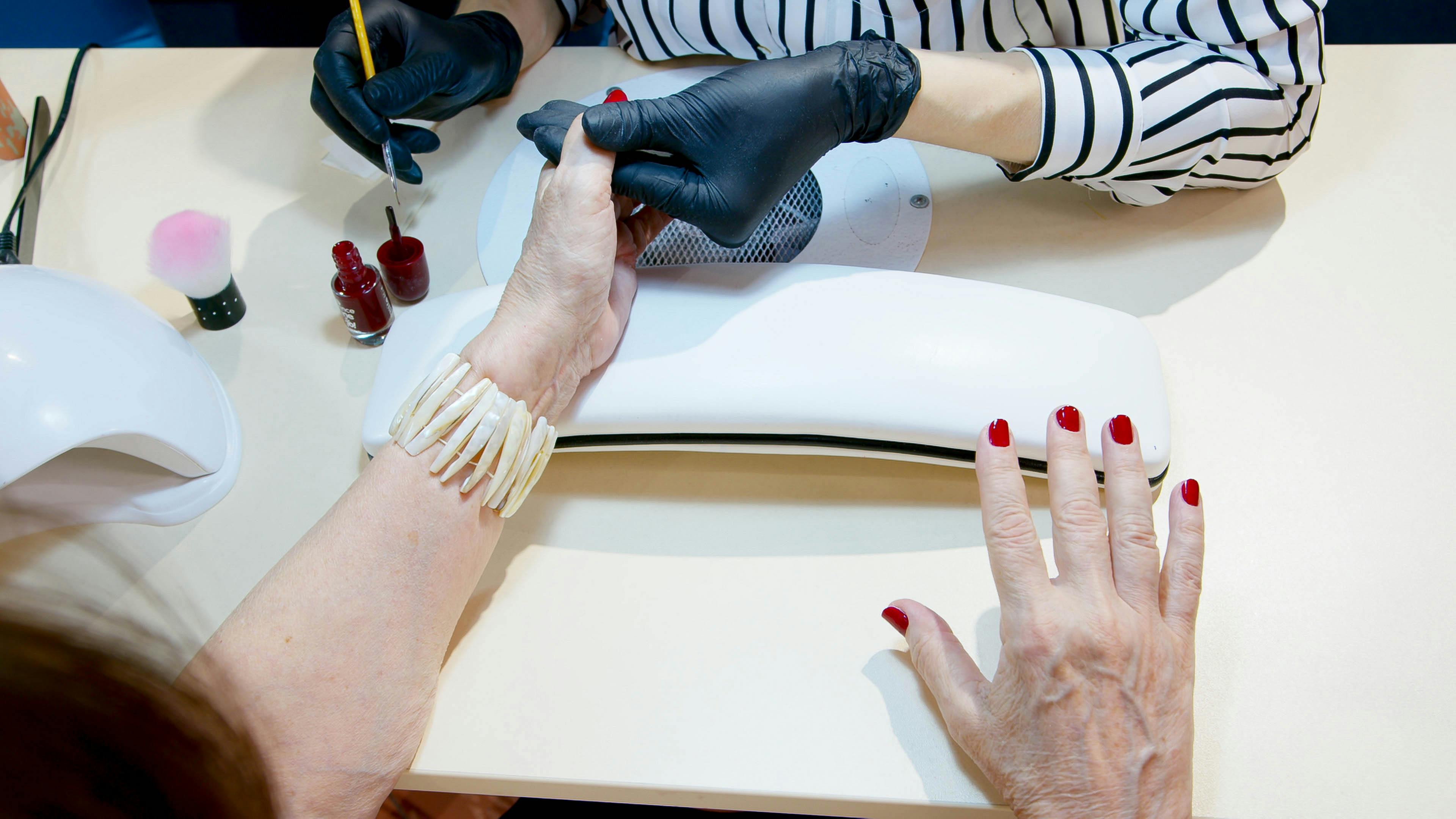What is a business fiber optic network?
The basic philosophy of modern LAN cabling is the concept of structured cabling. The entire network system is divided into parts that allow the workstation cables to be concentrated.
In a typical enterprise LAN system, the fiber optic network consists of telecommunications rooms, backbone cabling, work areas, and horizontal cabling.
Let’s illustrate this with a 3-story building.
On each floor, there will be a telecommunications room located one above the other. These telecommunications rooms house all the network equipment such as routers, servers, and switches. Telecommunications rooms are connected to each other with fiber optic cables that run through vertical shafts that are called backbone cabling/cables or vertical cabling/cables.
Fiber optic trunk cables typically run at 10 Gbps Ethernet speed to provide enough bandwidth for the entire enterprise.
Work areas are workstations (PCs) divided into cubicles. These work areas are connected to the telecommunications room on each floor with horizontal cabling. These horizontal copper/fiber optic cables typically run at 1 Gbps Ethernet speed.
How to pull the fiber optic cable through the vertical axis
Backbone cabling used to be twisted pair copper cables. But now it’s typically multimode or even singlemode fibers.
There are many tools available for pulling vertical fiber trunk cables. These include gopher poles, cable wheel pulling tools, or fish tape. And usually you need to install a pull eye to protect the fiber cables and connectors while you pull the fiber cables.
How to terminate a backbone vertical fiber optic cable?
Fiber optic backbone cables come without termination (connector). Typically, you should terminate these fibers with fiber optic connectors such as ST, SC, or LC connectors.
The termination steps aren’t extremely difficult, but they do require extensive training before you can do a fairly good job.
Fiber Optic Termination Tools
Tools required for fiber terminations are fiber optic strippers, Kevlar cutters, fiber cutters, ST, SC, LC, or MTRJ fiber optic connectors, fiber connector hand polishing disc, fiber polishing films, and microscope fiber inspection.
Fiber optic cable termination steps
1. Strip the fiber
The fiber cables come with a 3mm jacket, a Kevlar tough member, and a 0.9mm protective sheath. To get to the 0.125mm fiber cladding, you need to remove the 3mm cladding with a fiber cladding stripper, then cut the Kevlar fibers with a Kevlar cutter, finally strip the 0.9mm buffer to the cladding. 0.125 mm with a fiber optic stripper.
2. Split the fiber
After stripping the fiber to a 0.125mm coating, insert the fiber into an SC, ST, or LC connector, and then inject some fiber optic epoxy into the connector with a syringe.
You will then place the connector in a hot oven to cure the fiber epoxy so that it can hold the fiber firmly.
After the curing process, cut the extra fibers from the tip of the connector with a fiber optic cutter.
3. Fiber hand polishing
In the next step, you place the connector (already with the fiber fixed inside) on a manual polishing disc, which serves as a fixture while polishing the end face of the connector to a high-quality mirror finish.
Then, hold the polishing disc and polish the connector on figure 8 connector lapping film for 10 to 15 times.
Repeat the polishing steps by hand going from 12um, 3um to 0.5um polishing films.
4. Fiber termination quality inspection
The final step is to inspect the quality of your work. You insert the finished connector into a fiber optic inspection microscope that zooms in at a time level of 200 to 400 to show you any scratches and pits that may exist on the end face of the connector. If everything looks perfect, you can connect your fiber to the network.
This only scratches the surface of building a fiber optic network. We have tons of information on our website. Follow the links below to find out even more!


